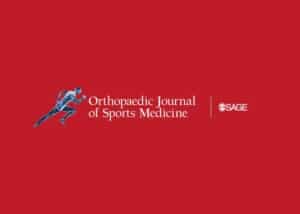
2017 OJSM
Few studies have reported on the incidence, injury mechanisms, ligament injury patterns, and associated injuries of knee dislocations. Most studies are retrospective in nature, and few patients are included. The incidence of these injuries is reported to be between 0.02% and 0.2% of all orthopaedic injuries. There is a general view that the incidence might be underestimated because some knees spontaneously reduce before presentation. Knee dislocations were historically defined as a complete loss of the tibiofemoral articulation that is confirmed radio- graphically. In 1963, Kennedy published a classification of knee dislocations based on the position of the tibia in relation to the femur. This classification system did not predict which structures were injured, and some of the knee dislocations that were reduced at presentation may have been misdiagnosed. Good and Johnson9 defined knee dislocation to include the grossly unstable knee, with a minimum of 2 of the 4 major knee ligaments injured, regardless of a reduced joint line. Currently, the Schenck classification of knee dislocations, based on injured ligaments, is the most widely used (Table 1). Some authors have suggested that any combined anterior cruciate ligament (ACL) and posterior cruciate ligament (PCL) injury be considered a knee dislocation. Therefore, the traditional definition of knee dislocation has been expanded to include bicruciate knee injuries, even when the knee is reduced on initial presentation. However, there have been reports of knee dislocations without cruciate ligament tears. At this study’s initiation in 1996, we defined knee dislocation as injury to both the ACL and PCL with or without concurrent injury to the posterolateral corner and/or posteromedial structures.
Understanding injury patterns and other concurrent knee injuries can aid surgeons in the diagnostic workup and planning of surgical procedures. Thus, the purpose of this study was to report on a large cohort of patients with knee dislocations, including the injury patterns, mechanisms of injury, patient demographics at time of injury, and the concurrent knee and limb injuries. The secondary aim was to report on risk factors for associated injuries.
Full Article: Demographics and Injuries Associated With Knee Dislocation
